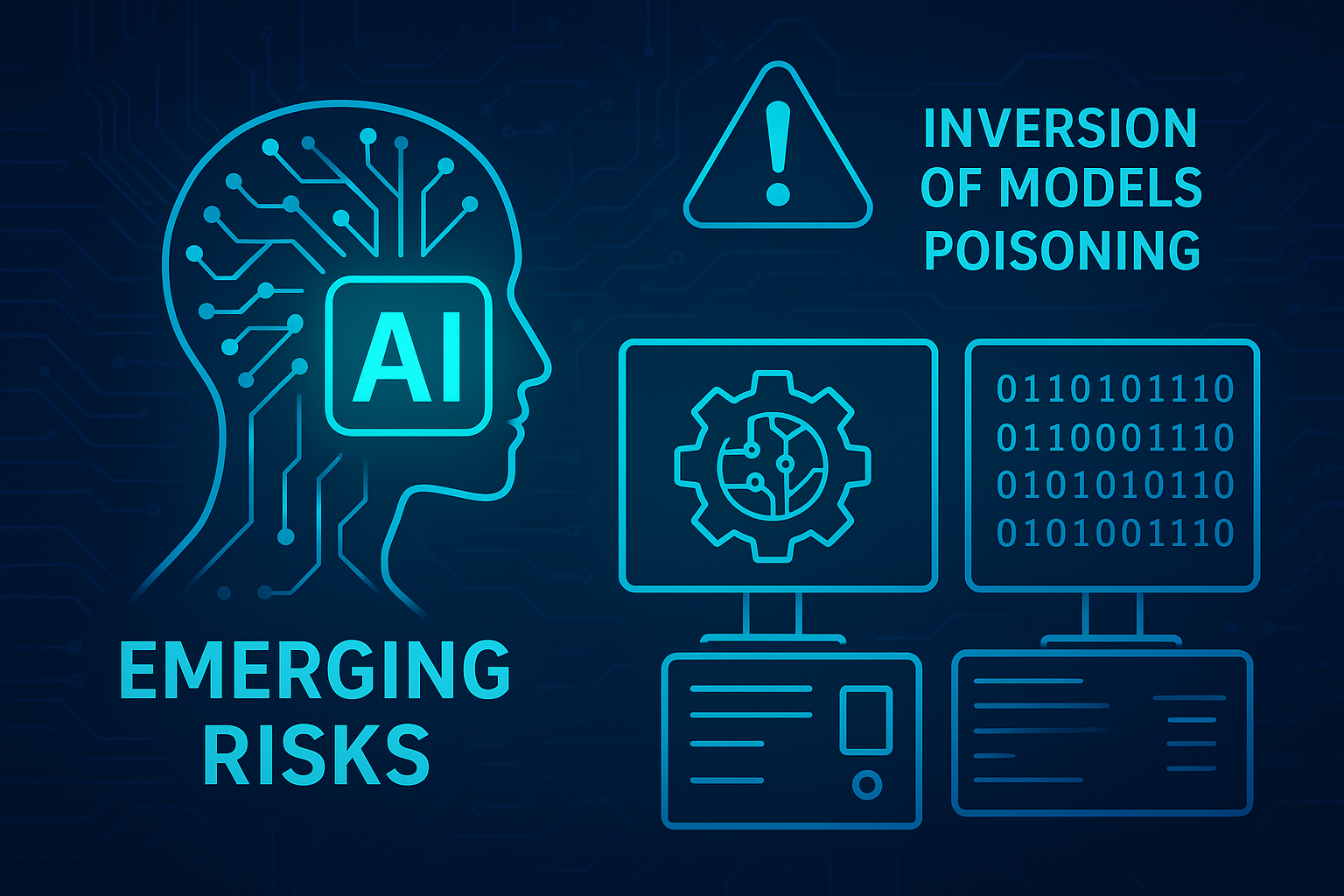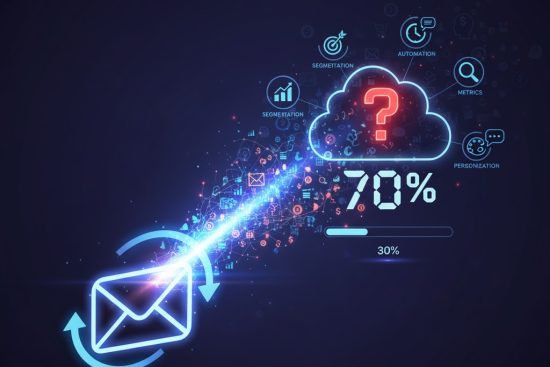
Introduction
As AI PCs (artificial intelligence-based computers) become increasingly common in various industries, so do the risks associated with their use. While artificial intelligences have brought significant advances, they have also opened up new vulnerabilities for systems. Two of the most alarming threats are model inversion attacks and data poisoning.
In this article, we will explore these risks in depth, explaining how they can affect the integrity of AI models and the systems that use them. In addition, we will discuss possible solutions and how companies can strengthen security on their AI PCs to prevent these attacks.
Table of Contents
What is model inversion?
Definition:
Model inversion attack is a type of attack in which an attacker manipulates the AI model to reverse its calculations, obtaining confidential information that was used to train the model. This can reveal sensitive data that was thought to be protected, such as personal information or trade secrets.
Why it is important:
If an attacker can perform a successful model inversion, they could gain access to private data that was used in the training process. This not only puts users' privacy at risk, but also compromises the integrity of the AI model.
Example:
A model trained to predict customer preferences could be inverted to reveal information about individual user preferences, such as what products they buy or what services they use.
Model inversion is one of the most advanced and worrying attacks in the field of AI. This attack is based on manipulating the model to reverse its calculations and obtain sensitive information. To better understand how AI can be used in threats, read more about this concept at Vibe Hacking: AI-driven threats.
What is data poisoning?
Definition:
Data poisoning occurs when an attacker manipulates the data used to train an AI model, introducing false or biased information. This can cause the model to learn incorrect or biased patterns, affecting its predictions or decisions.
Why it is important:
AI systems rely heavily on the data they are trained on. If this data is maliciously manipulated, the results can be erroneous, affecting the reliability and functionality of the system.
Example:
In an AI model used to filter spam emails, an attacker could poison the dataset with examples of legitimate emails mislabeled as spam, causing the model to classify important emails as spam.
Why are these risks so serious for AI PCs?
Impact on security and privacy:
Both attacks (model inversion and poisoning) can have a devastating impact, especially on AI systems that handle sensitive data. Model inversion can compromise personal information, while poisoning can weaken the effectiveness of AI-based solutions.
Destabilization of the model:
Data manipulation or model inversion can destabilize AI performance, affecting the quality of decisions and predictions the system makes.
Example:
An AI PC that manages users' personal finances could be vulnerable to data poisoning, which could lead to serious errors in the financial recommendations provided.
How to protect AI PCs from these risks?
Constant monitoring:
It is essential to continuously monitor AI models to detect anomalies in their performance. Implementing periodic security audits can help identify vulnerabilities before they are exploited.
Secure training data:
Protect training data through authentication and validation techniques. Limiting access to sensitive data and ensuring that data is clean and verified can prevent poisoning attacks.
Defense techniques:
Model inversion defense techniques: Using approaches such as information dissemination and data encryption can help protect the model.
Filtering of training data: Establish systems to identify and eliminate suspicious data before it is used to train the model.
Example:
Cybersecurity firms are now using anomaly detection techniques to quickly identify changes in the behavior of AI models that could indicate an attack.
Do you want to protect your AI PC from advanced threats such as model inversion and data poisoning? With ClickPanda, you can implement the best security solutions and defend your system from emerging cyber attacks.
Conclusion:
Vibe Hacking, through model inversion attacks and data poisoning, represents a significant threat to the security of AI PCs. These risks can compromise user privacy and destabilize the performance of AI systems. However, with the implementation of proactive protection strategies, such as constant monitoring, data authentication and advanced defense techniques, it is possible to mitigate these risks and ensure the integrity of AI-based systems. Always stay vigilant and protected to keep your AI PC running safely and reliably.








